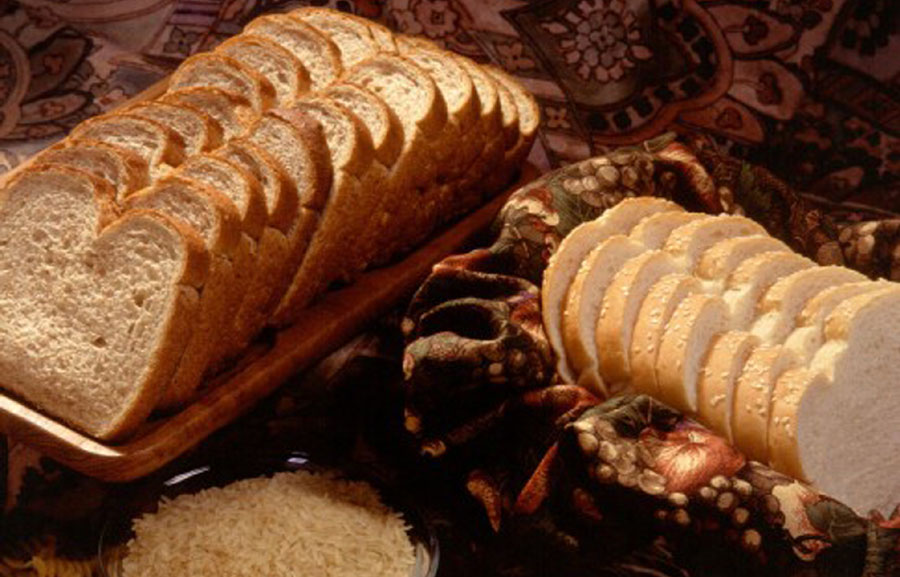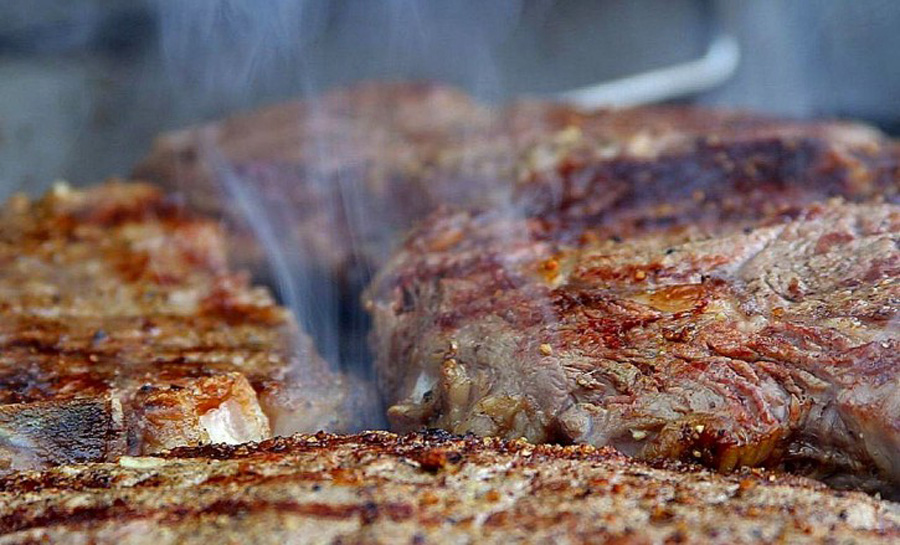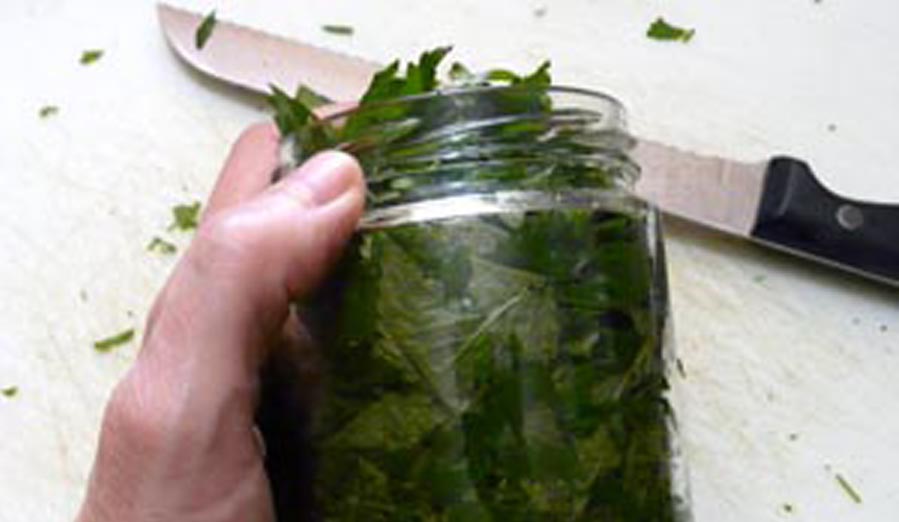Weight Loss Secret – Not all carbohydrates are the same
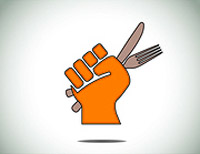 I have been getting a lot of questions about nutrition lately and many of them have to do with ways to reduce calories and thus reduce body weight. Nutrition is a very involved study. The science behind it is complicated and constantly inundating us with new and sometimes contradictory information. Much of what people ‘know’ about nutrition boils down to little more than strongly felt hunches and belief systems that have little scientific evidence to back them up. It does not help things that most people are as strongly attached to their nutritional beliefs as they are to religious beliefs.
I have been getting a lot of questions about nutrition lately and many of them have to do with ways to reduce calories and thus reduce body weight. Nutrition is a very involved study. The science behind it is complicated and constantly inundating us with new and sometimes contradictory information. Much of what people ‘know’ about nutrition boils down to little more than strongly felt hunches and belief systems that have little scientific evidence to back them up. It does not help things that most people are as strongly attached to their nutritional beliefs as they are to religious beliefs.
There has been a lot of new information released in the last few years that is drawing a target on the consumption of excess carbohydrates, especially processed carbs, as being significant to the development of various health issues including heart disease. This article from the American Journal of Clinical Nutrition (Are refined carbohydrates worse than saturated fat?) goes into greater detail on this topic than I wanted to cover here. What I wanted to share is some insight into how certain carbohydrates stack up against each other.
The foods we eat are made up of proteins, carbohydrates and fats in varying amounts. Some foods contain more of one item than another and typically if they do, we refer to them by that reference. When I am talking about carbohydrates, I am referring to fruits, vegetables, and grains and the foods made from these items. A complex carbohydrate is one that has not been processed and takes greater effort for our body to break it down and digest it. A simple carbohydrate is possibly a complex carbohydrate that has been processed which makes it easier for us to digest (grain versus bread) or a carbohydrate that naturally contains a lot of sugar (like fruit). All carbohydrates digest into glucose that our body uses for fuel. In general, the slower a carbohydrate breaks down in our digestive tract, the less it will cause our blood sugar to rise. Those carbohydrates that break down quickly into glucose either naturally or by being processed can cause our blood sugar to rise and may cause problems for those with endocrine issues such as metabolic syndrome or diabetes.
Carbohydrates that break down quickly also make it more likely that we will store the excess calories they provide as body fat. Now it probably does not come as a shock to anyone that one of the best ways for us to control our body weight is to eat less calories. Technically we should eat less calories and exercise more, but for the purpose of our discussion let’s just stick to eating less calories. This sounds simple, but anyone who has tried will tell you there is a troubling complication. When we eat less we tend to feel more hungry. It is not a lot of fun to eat less. It is not a lot of fun to be hungry. This is the main reason we don’t do it very well.
There are a lot of diet plans that will try to convince you that there is one ‘best’ way to lose weight. There are actually many effective ways we can lose weight and it all comes down to eating less calories than we expend. The best plans are those that don’t make us suffer on the way to our weight loss goal. I am about to share with you a very effective weight loss and blood sugar reducing plan and it all comes down to choosing better carbohydrates. Choosing the right carbs will allow you to eat more volume of food (the satisfaction of a full stomach), enhance your fiber intake and bring in valuable vitamins. I am not saying you will like this better than eating chocolate cake day and night, but let’s face it – if you have been eating chocolate cake day and night you need to seriously change.
Comparing Carbohydrates
A little bit of information can go a long way in helping us make better selections. Let’s look at the stone cold hard facts of calories and carbohydrates in the following foods:
 A lot of people like to eat rice and few consider it a problem foods because after all it is a complex carbohydrate. Even though rice is not actually a simple carb, you may do well to avoid it or limit your consumption. Here is the lowdown:
A lot of people like to eat rice and few consider it a problem foods because after all it is a complex carbohydrate. Even though rice is not actually a simple carb, you may do well to avoid it or limit your consumption. Here is the lowdown:
1 cup brown rice = 216 calories (45 grams of carbohydrate and 5 grams of unbalanced protein)
Now let’s compare that to a vegetable – say green beans:
1 cup cooked green beans = 44 calories (10 grams of carbohydrate and 2 grams of unbalanced protein)
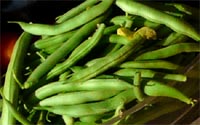 You could have 4 cups of green beans and still not equal the calories from one cup of rice (most vegetables are about the same as green beans in calories and carbohydrate/protein). Now some have pointed out to me that a cup of rice is more than they eat, but even if you were consuming a half cup, that is still over 100 calories. Others have pointed out they don’t want to eat 4 cups of green beans… but I hope you are seeing my point. You pay far more in calories for the rice than you do for the vegetables. You would do better to limit your rice to 1/4 cup or less and have all the vegetables you want. Better yet, choose just the vegetables (of course avoid all the heavy sauces that might accompany them – steamed or boiled is better).
You could have 4 cups of green beans and still not equal the calories from one cup of rice (most vegetables are about the same as green beans in calories and carbohydrate/protein). Now some have pointed out to me that a cup of rice is more than they eat, but even if you were consuming a half cup, that is still over 100 calories. Others have pointed out they don’t want to eat 4 cups of green beans… but I hope you are seeing my point. You pay far more in calories for the rice than you do for the vegetables. You would do better to limit your rice to 1/4 cup or less and have all the vegetables you want. Better yet, choose just the vegetables (of course avoid all the heavy sauces that might accompany them – steamed or boiled is better).
Oh yes, and I better mention it here for those who say “but I get my fiber from the rice… what about my fiber?” – one cup of rice has 4 grams of fiber and 1 cup of green beans has 4 grams of fiber – the same fiber for less calories.
Let’s compare another food choice:
 A lot of people like to eat bread, many using this for sandwiches. Here is the lowdown on bread:
A lot of people like to eat bread, many using this for sandwiches. Here is the lowdown on bread:
Two slices whole grain bread = 140 calories (22 grams carbohydrate and 3 grams fiber)
Let’s compare this to romaine lettuce:
One head of romaine lettuce = 106 calories (21 grams carbohydrate and 16 grams fiber)
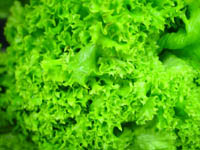 That’s right, you could eat the entire head of romaine lettuce and still eat less calories than two slices of bread. Of course I am not saying for you to eat the entire head of lettuce, but you could use a leaf of the lettuce (5 calories and 1 gram carb) as a wrapper for whatever you were using between the bread slices. A lettuce wrap can replace the bread and you can still have your ‘sandwich’. Okay, not everything… I am not saying peanut butter would work with a lettuce leaf, but most everything else will.
That’s right, you could eat the entire head of romaine lettuce and still eat less calories than two slices of bread. Of course I am not saying for you to eat the entire head of lettuce, but you could use a leaf of the lettuce (5 calories and 1 gram carb) as a wrapper for whatever you were using between the bread slices. A lettuce wrap can replace the bread and you can still have your ‘sandwich’. Okay, not everything… I am not saying peanut butter would work with a lettuce leaf, but most everything else will.
By now you are likely seeing things in a new light as far as how simple choices can make a big difference in the amount of calories we are bringing in. Using these simple substitutions can help you feel more full, bring in more fiber and improve your nutrition. Give it a try and see what you think.


